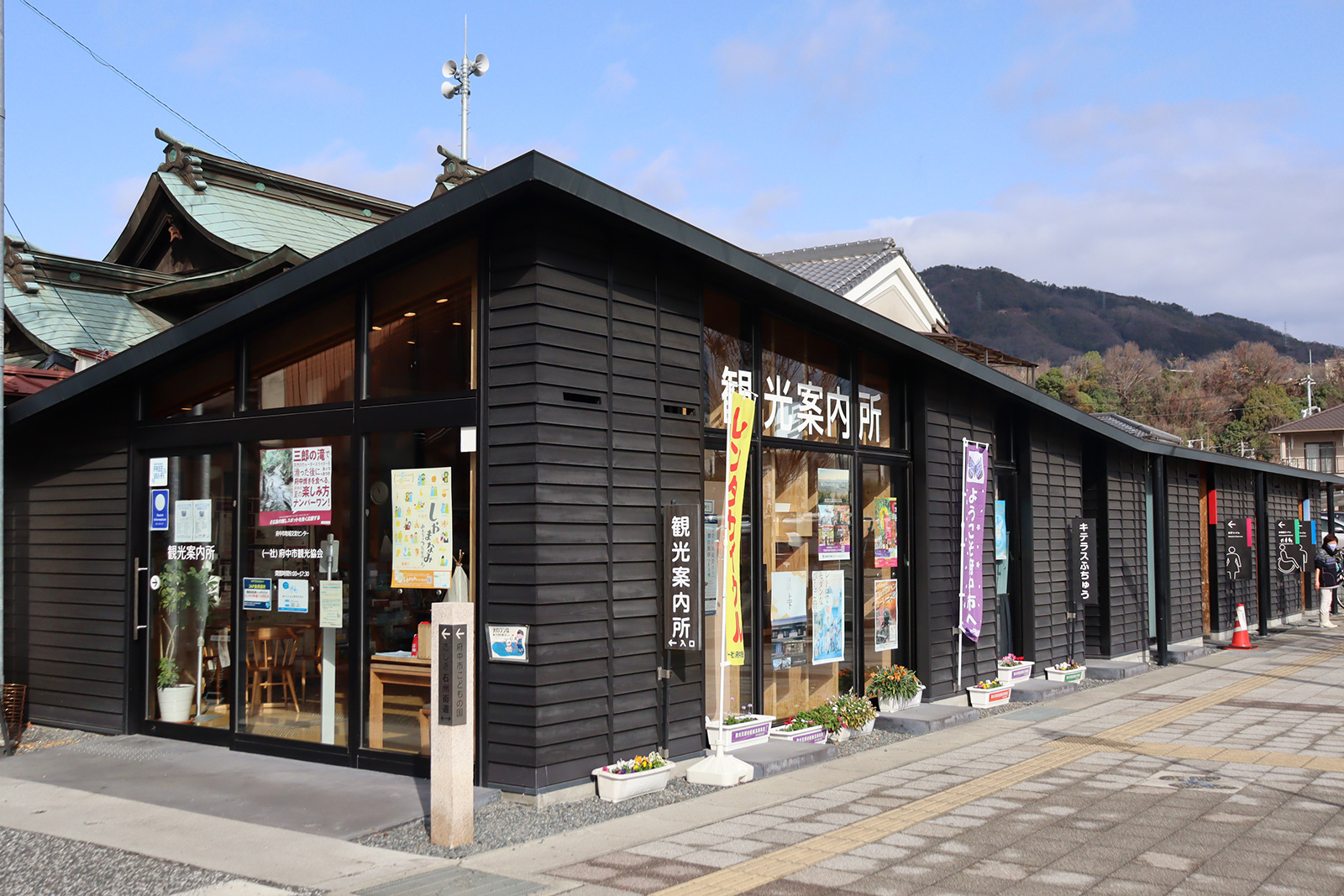Introduction
Fuchu City Tourism Association, a nonprofit organization based in the Fuchu City Community Exchange Center “Kiterasu Fuchu” (559-2 Fuchucho, Fuchu City, with Chairman Yoshimasa Takahashi, http://fuchu-kanko.jp/), was established as a general incorporated association in April 2020. The association focuses on “destination-based tourism” to increase the number of visitors to Fuchu City. I interviewed the association’s Secretary-General.
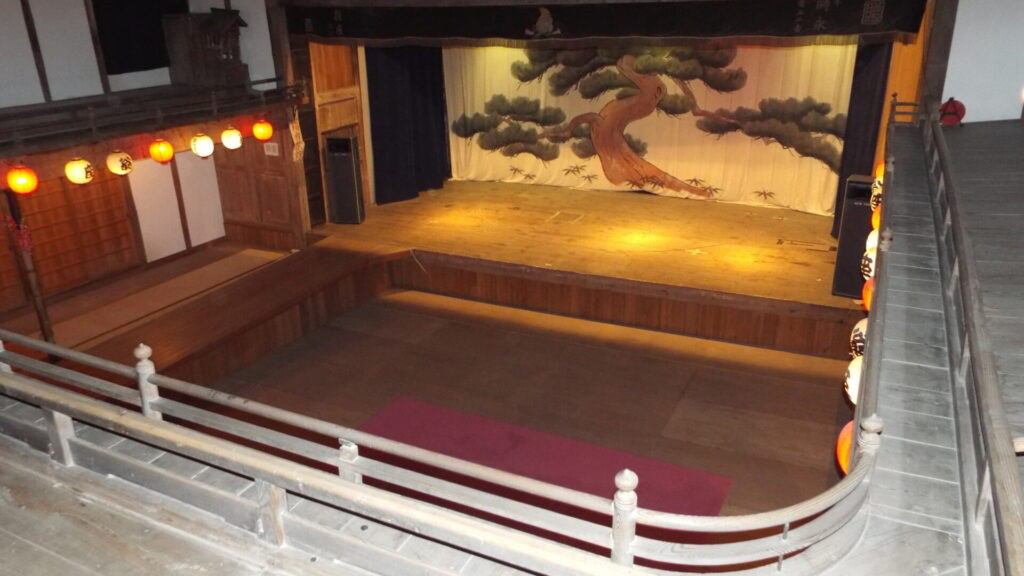
The Charm of Fuchu City Fuchu City was the capital of Bingo Province during the Nara and Heian periods, and it developed as a political and economic center, nurturing industries and culture. In the Edo period, the Joge-cho area of the city became a direct control area of the shogunate, leading to the development of sake brewing and financial industries. Historical architectural sites such as the restaurant and inn “Koishiki” (Fuchu-cho), which was visited by former prime ministers like Takashi Hara and Nobusuke Kishi, as well as cultural figures like Soseki Natsume and Eiji Yoshikawa, remain. The theater “Okinaza” (Joge-cho), built in the Taisho period, is also designated as a registered tangible cultural property by the government.
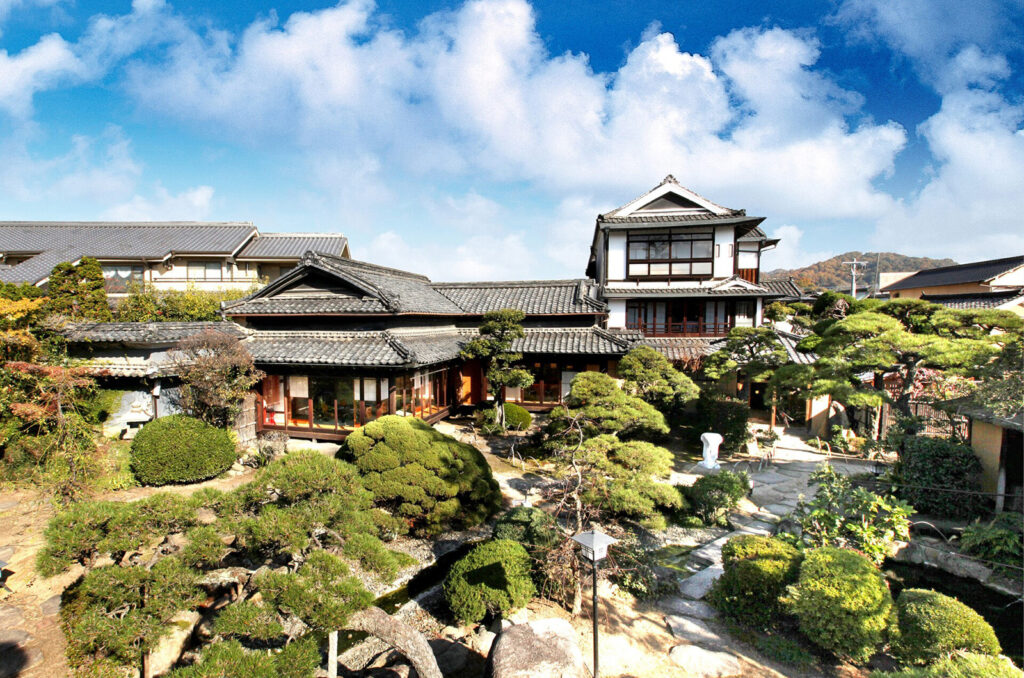
Currently, Fuchu City has a unique character as a “town of craftsmanship,” including listed companies in machinery, metalworking, and precision machinery, as well as textile companies that transitioned from Bingo Kasuri to uniforms and wooden furniture manufacturers like Fuchu Furniture. The city is famous for its scenic views utilizing abundant nature, such as “Saburo no Taki,” “Kawasa Gorge,” and “Shiki no Sato,” as well as its townscape known as the “White Wall Town” (Joge-cho). The local specialty “Fuchu-yaki” is also famous.
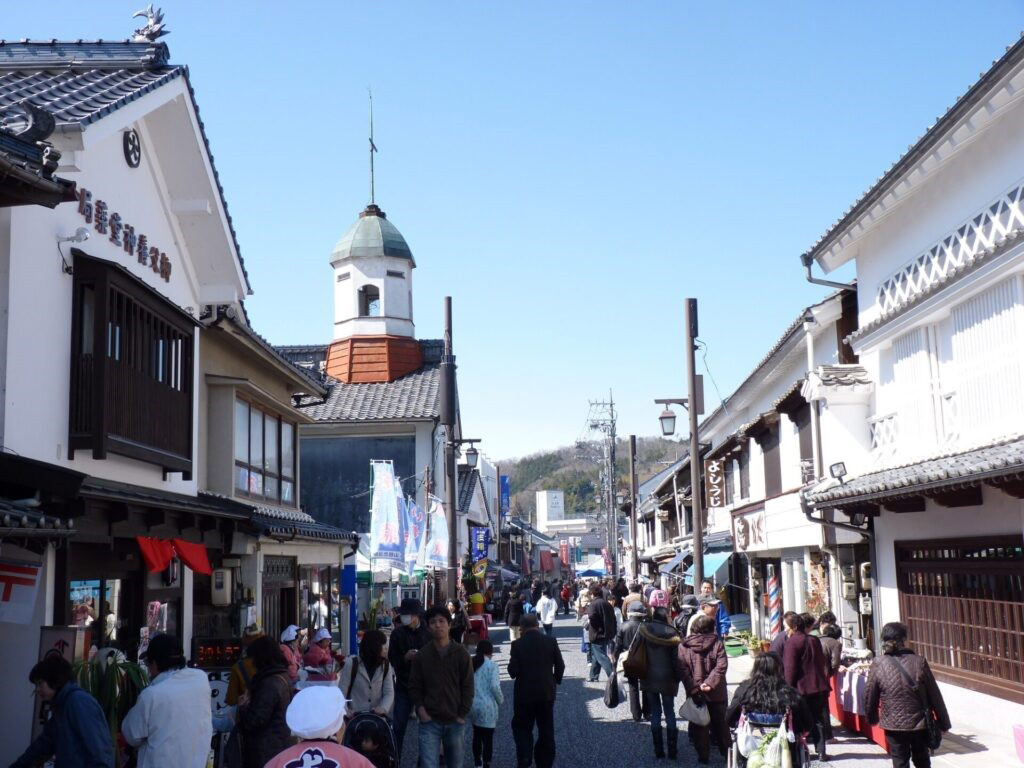
History of Fuchu City Tourism Association, The office of the tourism association was initially located in the Tourism Division of Fuchu City Hall. To expand its activities, in 2013, a public interest corporation called the “Machizukuri Promotion Public Corporation” established an office in “Koishiki,” and in 2015, it moved to the Fuchu City Community Exchange Center “Kiterasu Fuchu.” In April 2020, the association was incorporated as a general incorporated association to enhance its social credibility, strengthen organizational capacity, and actively promote its activities.
Following the incorporation, the association embarked on “destination-based tourism” based on the “Fuchu City Tourism Promotion Vision” (FY 2020), a five-year plan formulated by the city’s tourism division. Destination-based tourism refers to the form in which the receiving area (destination side) plans and operates tours utilizing unique tourism resources of the region. It caters to the diverse needs of travelers and contributes to the revitalization of the local community.
The Secretary-General, states, “With the incorporation, we reviewed our past activities, enhanced our facilities and tourism resources, and started to explore new attractions. However, more than simply disseminating information is required. We are focusing on ‘destination-based tourism’ by involving various regions within the city and addressing their respective characteristics and challenges. The local people need to know their region, develop an attachment to it, and be proud of their activities.”
Case Study: Community-Based Tourism Initiatives
Introduction:
To promote regional development, seven voluntary organizations:
1. Konwa District’s “Genki Center Washi Workshop Division,”
2. Fuchu Hachiman District’s “Fuchu Hachiman Momiji-no-Mori Creation Executive Committee,”
3. Deguchi District’s “Ishu Kaido Deguchi District Community Development Council,”
4. Mimusuyama-Aratani District’s “Mimusuyama Regional Development Council,”
5. Kuriu District’s “Kuriu Historical Folk Culture Heritage Research Society,”
6. Joge District’s “Tenryo Joge Community Development Association,”
7. Yano District’s “Yano Regional Development Association”
collaborates with the local association to enhance tourism resources, strengthen promotional efforts, and attract visitors. One outstanding example of their efforts is the “Fuchu Hachiman Shrine Momiji Matsuri” (Autumn Leaves Festival), which showcases how the association successfully engaged the community to create a distinctive tourist destination.
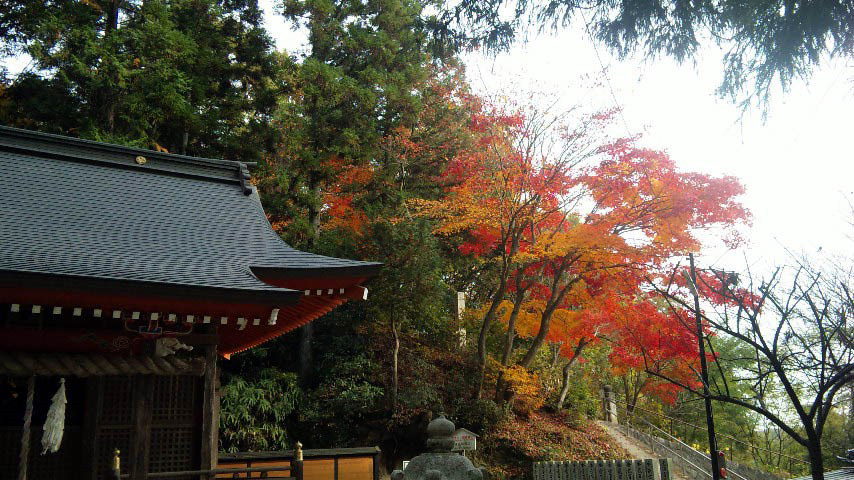
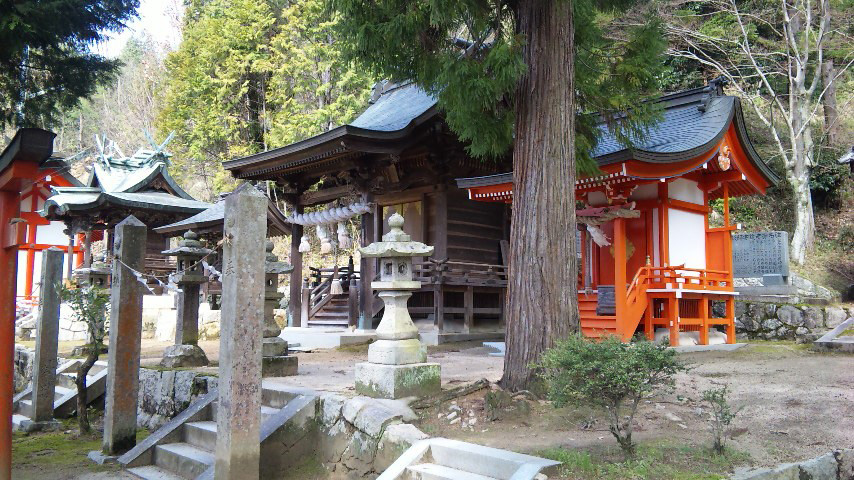
Fuchu Hachiman Shrine boasts stunning cherry blossoms and autumn foliage along its approach, attracting numerous worshippers and hiking enthusiasts each year. The “Fuchu Hachiman Momiji-no-Mori Creation Executive Committee” conducts activities such as forest clearance, cleaning, and planting of maple seedlings as part of their “Momiji-no-Mori Creation” (Autumn Leaves Forest Creation) project. In November, they organized the month-long “Fuchu Hachiman Momiji Matsuri.” The association supports the committee’s activities by facilitating public relations campaigns, commemorative planting of maple seedlings, hosting sketching competitions, setting up tea rooms, implementing lighting projects, and installing directional signs. Furthermore, they have installed tourist toilets featuring dimming glass to enhance the overall appeal as a tourist destination.
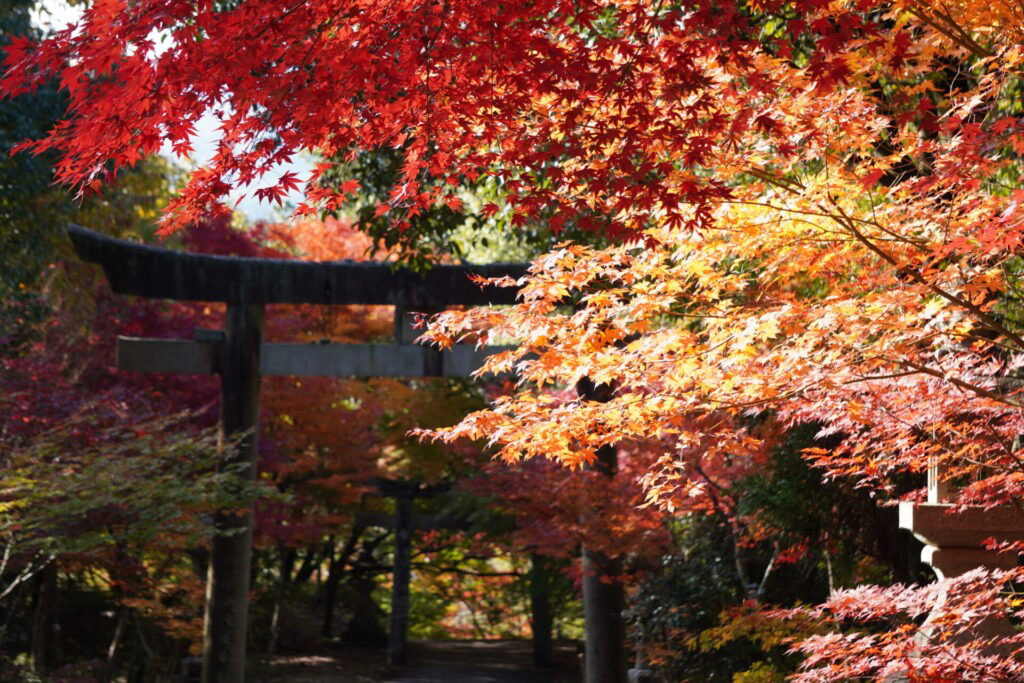
Future Initiatives
Director explains, “We recently established the Fuchu City Tourist Guide Liaison Council, comprising four guide associations from the Kuriu, Yano, Joge, and Deguchi districts. The aim is to revitalize the region through guided tours. Fuchu City may not be as popular as other tourist destinations, but by honing the distinctive features of each district and promoting them, we hope to address various challenges. It is crucial for residents to re-recognize the merits of their regions, develop a sense of attachment, and actively participate. As an association, we are committed to supporting these endeavors.”
Conclusion: The collaboration between the association and community members in promoting tourism has led to successful outcomes, such as the Fuchu Hachiman Shrine Momiji Matsuri. Their efforts demonstrate the importance of community engagement and recognizing the unique characteristics of each region. From now on, establishing the Fuchu City Tourist Guide Liaison Council shows a proactive approach to enhancing tourism through guided tours. By leveraging the strengths of each district and fostering a sense of pride, Fuchu City aims to address various challenges and promote sustainable regional development.

